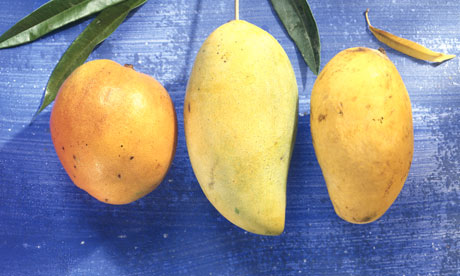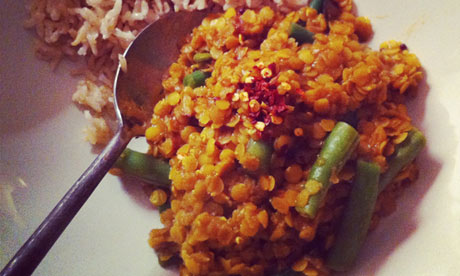
Spring Rolls originated from Asia but Nigerians have recently been bitten by the Spring Rolls bug!
I love Spring Rolls because once you get the Spring Rolls Wrappers
right, you can fill them up with anything and they will taste great.
They are usually filled with vegetables (hence spring) but I love to add
beef to my spring rolls filling.
How to make Spring Rolls [Video]
Ingredients for Spring Rolls
For the Spring Rolls wrappers:
You can use store-bought wrappers for your spring rolls or you can make them yourself. To see how to make them at home, see:
Homemade Spring Rolls Wrappers.
For the filling:
You can use any combinations of beef and/or vegetables for your spring rolls filling.
The following quantities of ingredients will make make a filling for 15 spring rolls. I use:
- 50g minced beef
- A handful green peas
- 1 spring onion
- 1 medium carrot
- 1 small green bell pepper
- Habanero (Scotch bonnet) pepper (to taste)
- 1 Stock cube
- 1 teaspoon thyme
- A small quantity of vegetable oil
For sealing the spring rolls:
- 1 tablespoon plain flour (all purpose flour)
- 2 tablespoons cold water
See the video below for details of how to make Spring Rolls. The written recipe is exclusive to the

Spring Rolls originated from Asia but Nigerians have recently been bitten by the Spring Rolls bug!
I love Spring Rolls because once you get the Spring Rolls Wrappers
right, you can fill them up with anything and they will taste great.
They are usually filled with vegetables (hence spring) but I love to add
beef to my spring rolls filling.
Ingredients for Spring Rolls
For the Spring Rolls wrappers:
You can use store-bought wrappers for your spring rolls or you can make them yourself. To see how to make them at home, see:
Homemade Spring Rolls Wrappers.
For the filling:
You can use any combinations of beef and/or vegetables for your spring rolls filling.
The following quantities of ingredients will make make a filling for 15 spring rolls. I use:
- 50g minced beef
- A handful green peas
- 1 spring onion
- 1 medium carrot
- 1 small green bell pepper
- Habanero (Scotch bonnet) pepper (to taste)
- 1 Stock cube
- 1 teaspoon thyme
- A small quantity of vegetable oil
For sealing the spring rolls:
- 1 tablespoon plain flour (all purpose flour)
- 2 tablespoons cold water
See the video below for details of how to make Spring Rolls. The written recipe is exclusive to the
 Samosa is an Indian delicacy but Nigerians love it so much!
Samosa is an Indian delicacy but Nigerians love it so much! 



